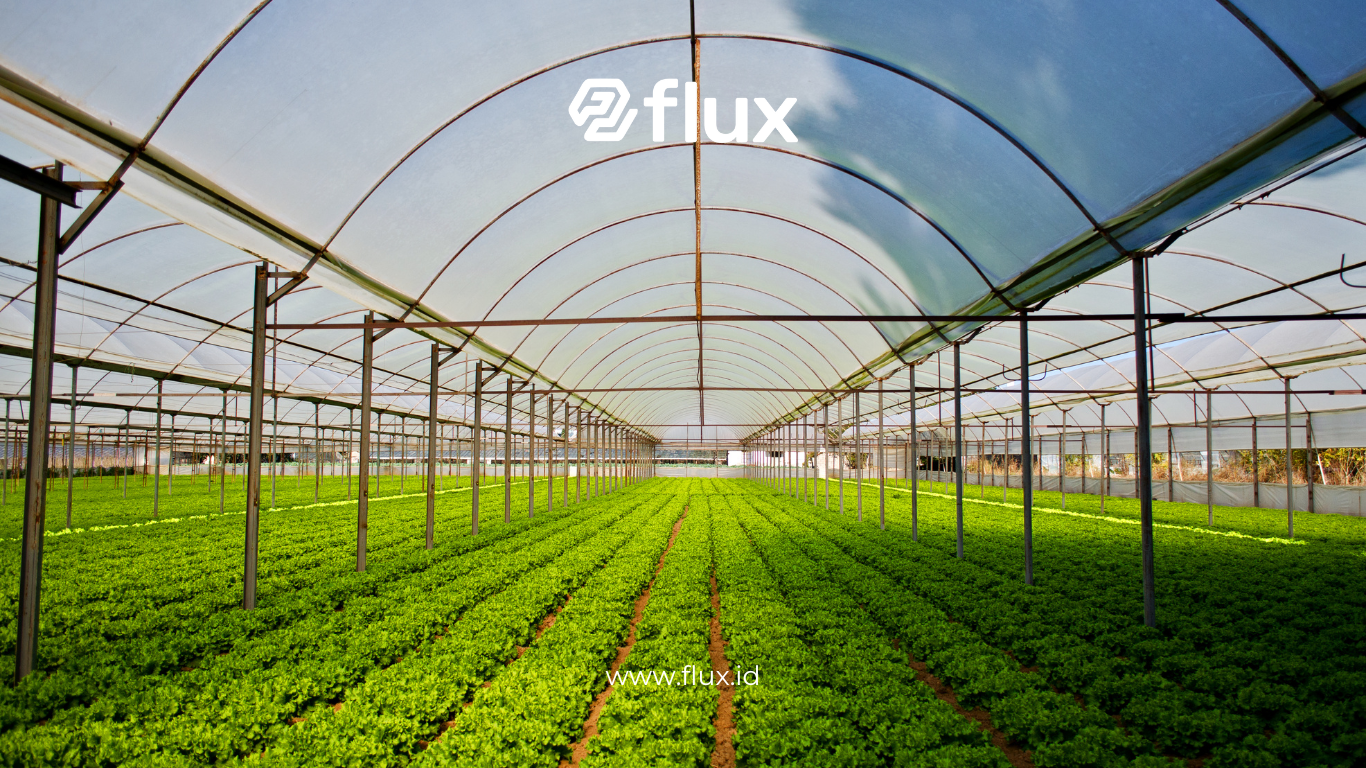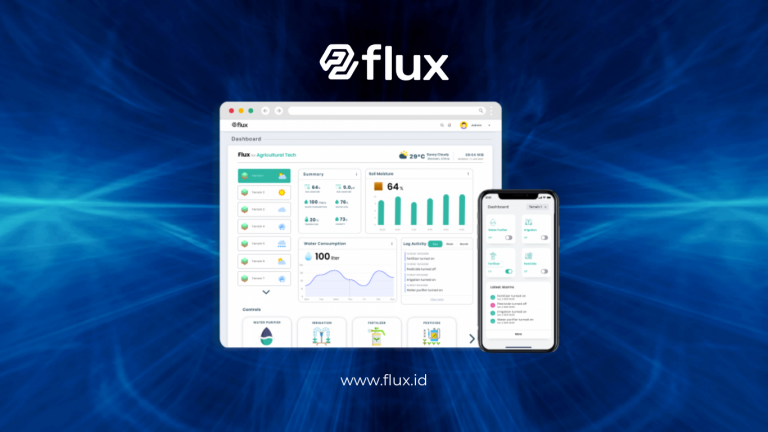Don't miss our holiday offer - 20% OFF!
Digital transformation has impacted many sectors, and one of the most significant is agriculture. With the increasing global population and demand for food, farmers and producers have had to find new ways to increase their yields. One of the most innovative solutions to emerge is the Internet of Things (IoT). This technology offers a variety of applications and advantages that help farmers monitor, manage, and optimize their crops. In this article, we will explore how IoT is revolutionizing agriculture, its benefits, and the best practices that modern farmers can adopt.
Contents
What is IoT in Agriculture?
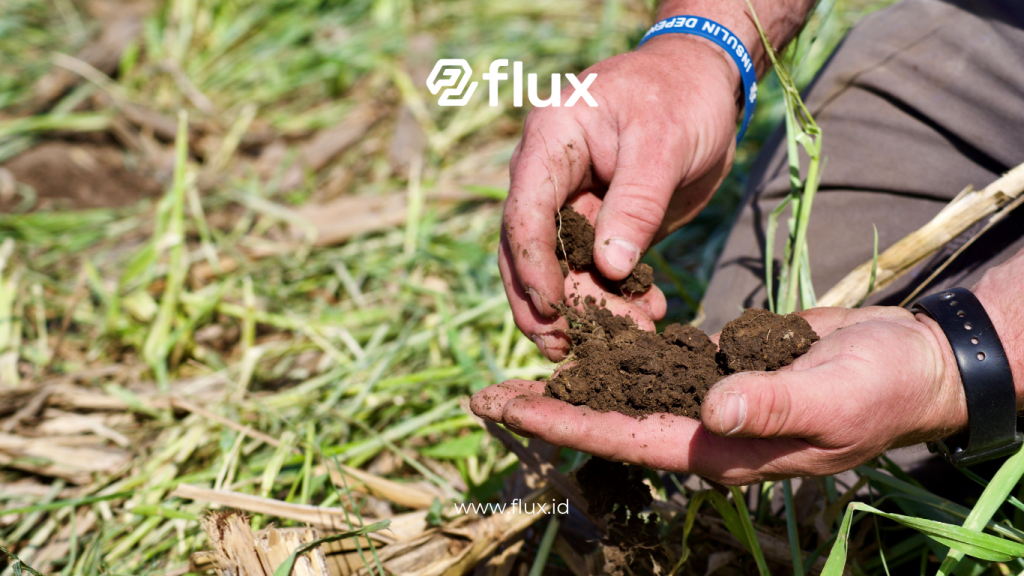
Definition of IoT
The Internet of Things (IoT) is a network of physical devices, vehicles, tools, and other machines connected to the internet and capable of communicating with each other. In the context of agriculture, IoT includes sensors, monitoring devices, and other tools that help in collecting essential data for land and crop management.
Benefits of IoT for Agriculture
- Real-Time Crop Monitoring: Using sensors to monitor soil moisture, temperature, and crop conditions directly.
- Data-Driven Decision Making: Analyzing the generated data to make smarter decisions regarding irrigation, fertilization, and harvesting.
- Resource Efficiency: Using resources like water and fertilizers more efficiently, reducing waste and costs.
Applications of IoT in Agriculture
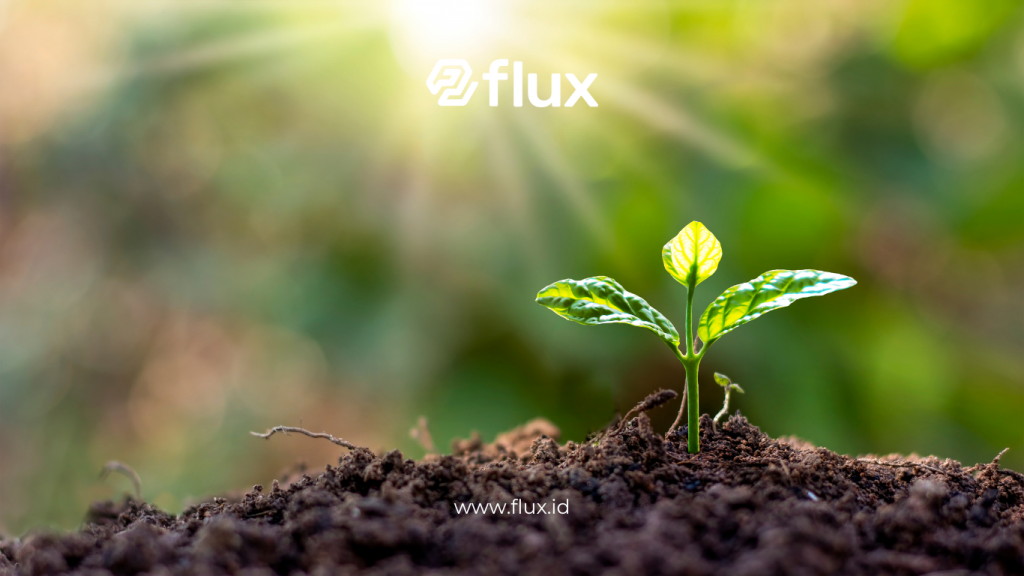
1. Smart Irrigation Systems
Smart irrigation systems equipped with IoT sensors allow farmers to manage irrigation based on real-time crop needs. By monitoring soil moisture and weather conditions, farmers can minimize water usage, save on costs, and maintain crop health.
2. Crop Health Monitoring
Through monitoring plant conditions using cameras and sensors, farmers can detect issues like pests and diseases earlier. This enables quicker interventions and reduces losses.
3. Soil Management
IoT sensors installed in fields can provide information about soil quality and nutrients. This data helps farmers determine the most suitable crops and effective farming techniques.
4. Product Tracking and Quality Monitoring
With IoT, farmers can monitor the condition and location of products during the shipping process. This helps maintain product quality and reduce losses during transport.
5. Data Analysis and Yield Prediction
The use of data analytics in agriculture allows farmers to predict harvest yields based on historical data and current conditions. With this information, they can make better plans for the next planting season.
Challenges in Implementing IoT in Agriculture

1. Initial Costs
While IoT technology offers many advantages, substantial initial investment for devices and infrastructure can be a barrier for many farmers, especially in developing countries.
2. Digital Skills
Farmers accustomed to traditional methods may face difficulties in adapting to new technologies. Training and education programs regarding the use of IoT technology are crucial to help them transition.
3. Data Security
With the vast amount of data being collected, data security becomes a significant concern. Protecting user data from unauthorized access is essential to build trust and security in the use of technology.
Benefits of IoT for Sustainable Agriculture
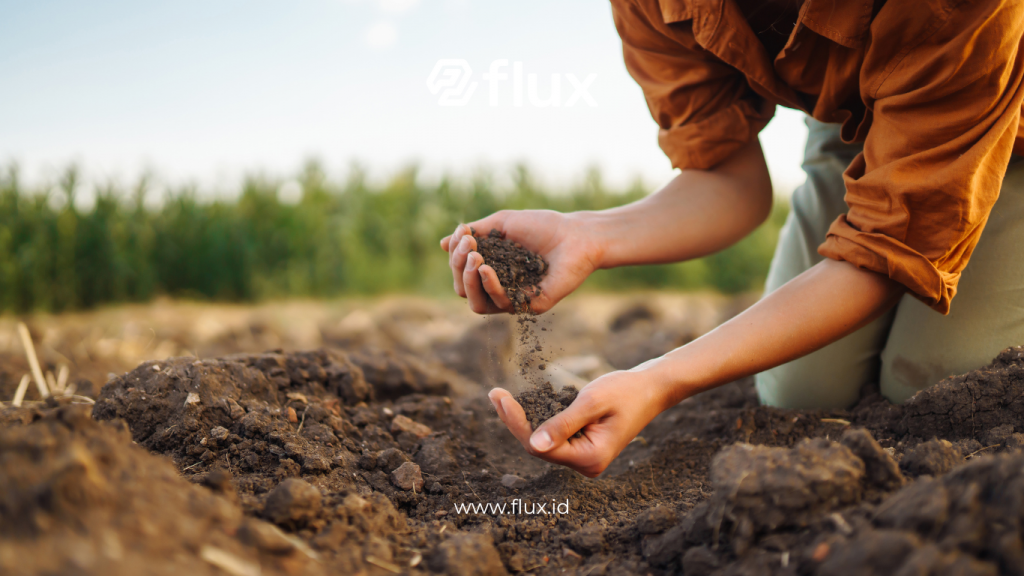
1. Carbon Footprint Reduction
By using resources more efficiently, IoT technology can help farmers reduce their carbon footprint, which is a key step toward more sustainable farming practices.
2. Increased Food Production
Through precise monitoring and data analysis, IoT can contribute to improving agricultural yields, which is essential to meet the ever-growing global food demand.
3. Improved Farmer Welfare
With better management and higher yields, farmers can increase their income, which in turn enhances their economic well-being.
Implementing IoT: Steps for Farmers
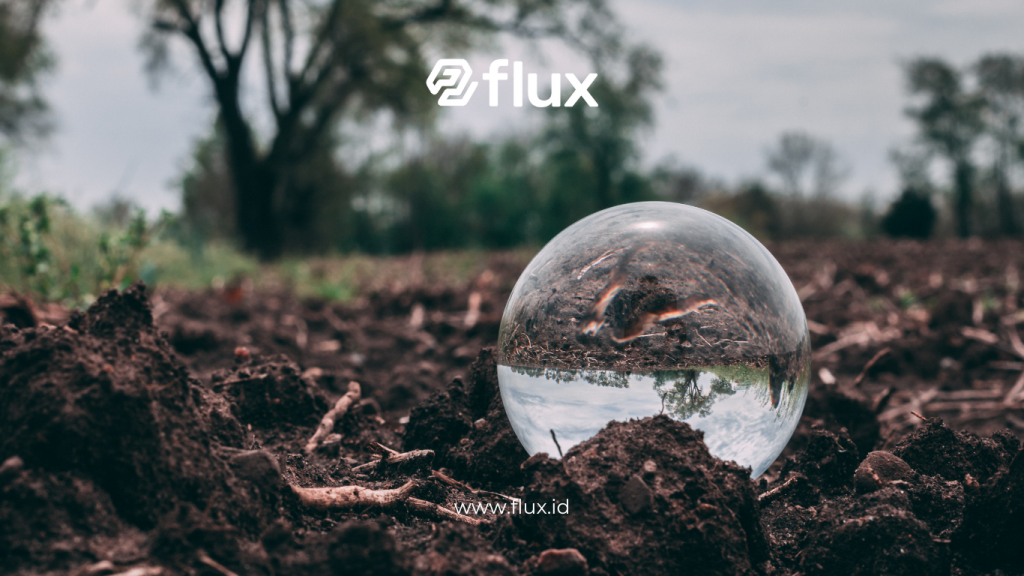
1. Needs Assessment
Before adopting IoT technology, farmers should conduct a needs assessment to determine the devices and systems that are most suitable for their type of business.
2. Choosing the Right Devices
Identifying and selecting appropriate IoT devices, such as moisture sensors or monitoring cameras, is crucial for successful implementation.
3. Training and Education
Providing training for farmers on how to operate IoT systems can ensure effective use and maximize the benefits obtained.
4. Monitoring and Analyzing Data
Once the system is implemented, it is essential to routinely monitor and analyze the collected data to improve farming decisions.
Conclusion
IoT in agriculture offers many opportunities to enhance crop yields and sustainability. By applying smart technologies such as sensors and data analytics, farmers can optimize their practices and face the challenges present in this digital era.
Nocola is committed to facilitating the adoption of modern technology in agriculture, enabling farmers to face a brighter and more connected future. By continually investing in technology and innovation, we can support food security and sustainability worldwide.


